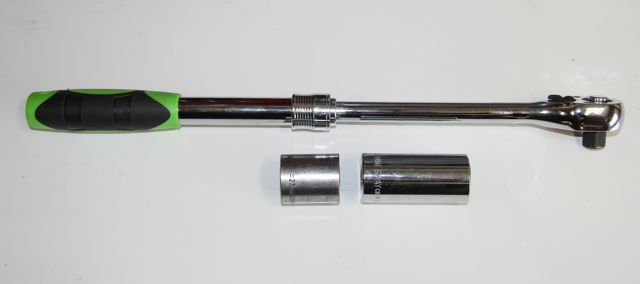There are a number of maintenance procedures that require you rotate the engine over by hand. This would include timing chain replacement and timing, injection pump timing and replacement, valve stem seal replacement, valve guide rails and camshaft replacement, front crank seal replacement, transmission removal and replacement, or any other procedure that requires engine rotation.
Problem & Solution
Common among these chassis:
The most precise way to rotate the engine over by hand is to place a large socket on the front crankshaft bolt, attach a long ratchet wrench, and rotate the crank. The longer the wrench handle the more precise the movement. NOTE: It is possible to rotate some engines by tightening the power steering pump belt and rotating the pulley nut on the front of the pump. When using this method you may have to remove the fuel injectors (diesel) or spark plugs (gas) in order to get consistent and precise movements of the crankshaft. It can be very frustrating to have the belt start slipping just when you are trying to align the engine on TDC. Thus, I have always preferred the crank bolt method.
Almost all diesels from the late 1960's up to the early 1990's have a 27mm head bolt on the front of the crank. Some of the older gas engines also use this size bolt. This will require either a long or short 27 mm or 1 and 1/16 inch socket. For you diesel owners if you already own a fuel injector socket you are "in business." I recently found a really well made and engineered adjustable length HD ratchet that works perfectly for this procedure. Sometimes you will need to shorten the ratchet due to limited space. Other times you will need it at its full length to get either maximum torque or best smooth turning. This wrench does both and it has a smooth, smaller teeth ratchet gear for ease of use.

